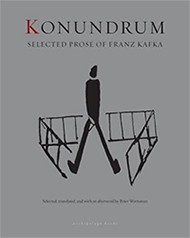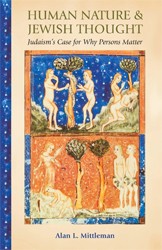The author’s 109 philosophical aphorisms were written during the eight months he spent in Zurau between September 1917 and April 1918. Though they were originally published shortly after Kafka’s death in 1924, the fragments were not ordered or phrased correctly. When the Italian critic Roberto Calasso found Kafka’s original notes in a folder at Oxford’s Bodleian Library, he restored Kafka’s wording from these notebooks, and retained the layout Kafka had designed: each aphorism sits alone on the page, surrounding by a swath of white space.
Kafka wrote his aphorisms while recovering from tuberculosis, in a countryside house he shared with his sister. He spent most of his time in a state of reflective piety, contemplating both the end of his life and the possible repercussions of eternity. While his fragmented contemplations are both experimental and abstract, Kafka manages to touch on a number of topics: religion, women, marriage, guilt, family, and an afterlife. His thoughts on paradise are particularly poignant, perhaps because Kafka repeatedly mentions the graphic images of heaven and hell. Both a philosophical guide and an intimate window into Kafka’s thought process, the work offers a unique perspective on a man most famous for his mystical fiction. Afterwards and notes.





